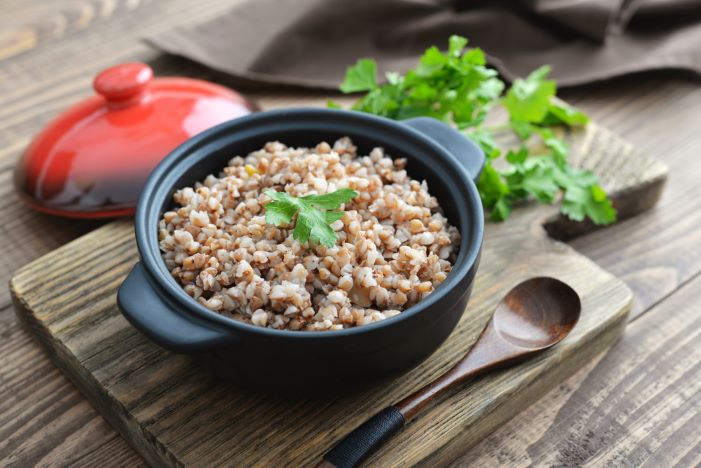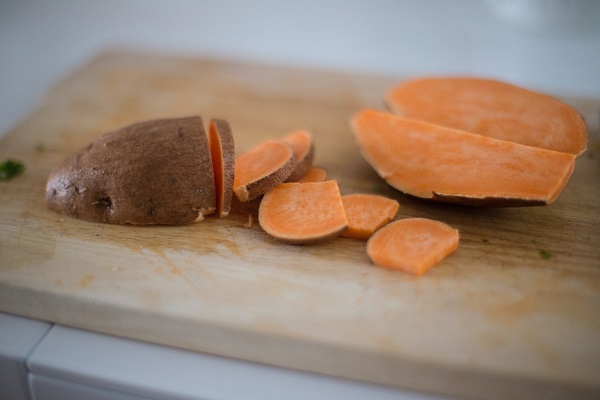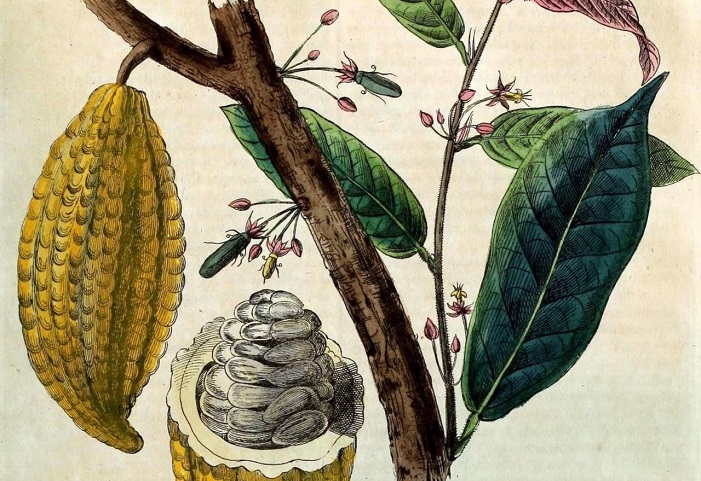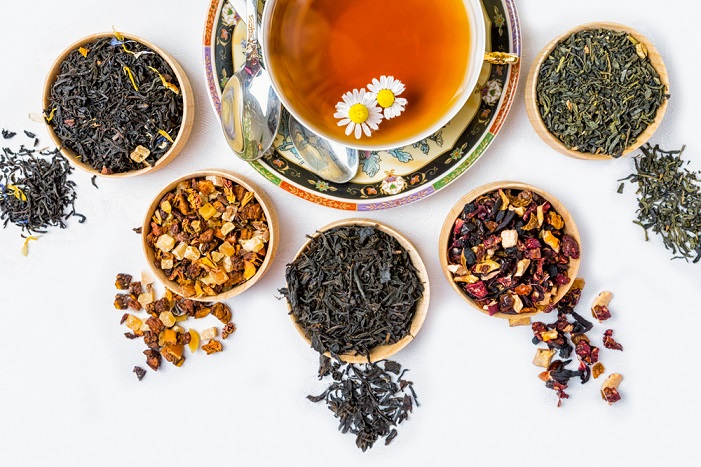SUMMARY
Many think buckwheat is a grain, but it’s actually a seed. It’s low-glycemic, rich and antioxidants and may help improve memory function.
Although it has a long history as a staple crop across Asia, it’s only recently that people in the West have begun to recognize the benefits of buckwheat as the incredible superfood that it is.
Fagopyrum esculentum or common buckwheat is cropping up as the star of many plant-based recipes where it is valued for its nutritional content. A delicious addition to your diet, it’s time to discover what buckwheat can do for you.
What is Buckwheat?
While you might think of buckwheat as a grain, technically it is a grain-like seed or pseudocereal, like chia, amaranth, and quinoa.
Despite what its name may lead you to believe, buckwheat isn’t related to wheat. Rather, members of the buckwheat family include the likes of sorrel and rhubarb.
Like its fellow pseudocereal quinoa, buckwheat is gluten-free, making it an excellent part of a well-balanced diet for anyone with wheat sensitivities. It’s even used in the production of gluten-free spirits and beers. Whether you’re looking to reduce your gluten intake or find it necessary to avoid gluten altogether, these groats need to be on your radar.
Health Benefits of Buckwheat
Buckwheat is a heavy hitter when it comes to nutritional content.
Buckwheat is rich in essential nutrients
This humble little seed is full of complex carbohydrates, protein, fiber, and several important minerals such as magnesium, manganese, zinc, and four B vitamins (B2, B3, B5, and B6).
Buckwheat has a variety of antioxidants
On top of all these essential nutrients, buckwheat also has a variety of antioxidants.
Antioxidants help protect the body from cell-damaging free radicals caused by the likes of smoke, alcohol, pollution, and overexposure to the sun.
In the case of buckwheat, it is full of polyphenols such as rutin, quercetin, and others which may help prevent cancer, heart disease, and other conditions.
Buckwheat could help with memory function
Studies show that buckwheat may have a variety of health benefits including neuroprotective properties, which could help with memory function in diseases like Alzheimer’s, reducing blood pressure, and thanks to its anti-inflammatory characteristics, may help reduce the risk of certain cancers and diabetes.
Buckwheat is low-glycemic
Speaking of diabetes, although it is relatively high in carbohydrates, buckwheat ranks fairly low on the glycemic index.
If you’re concerned about your blood sugar levels, be sure to try buckwheat.
Its low glycemic index score means that it is less likely to cause massive spike blood sugar spikes after you eat and may help regulate blood sugar levels after meals.
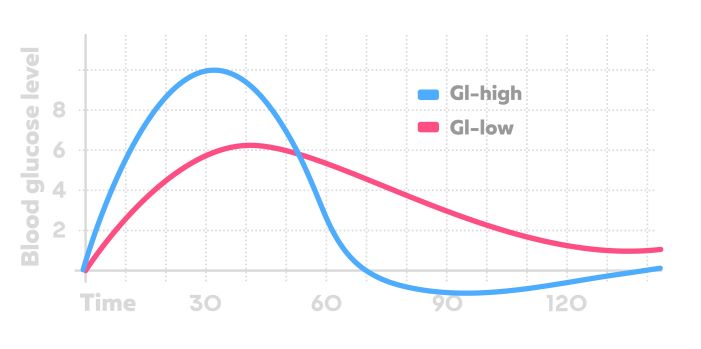
What Does Buckwheat Taste Like?
Buckwheat’s taste is part nutty, part earthy, with a touch of bitterness. When roasted, it takes on a richer, more intense flavor which can add much more complexity to your meal.
You can use it with a variety of other ingredients to create dynamic flavor combinations which make for delicious dishes that are never boring.
How to Eat Buckwheat
Buckwheat is ultra-versatile and easy to incorporate into your diet. You can use it as a substitute for everything from oats (try buckwheat porridge in the mornings) to rice (think buckwheat ‘risotto’) and much more.
It’s fantastic mixed into salads or used in lieu of bulgur wheat to make a tasty tabbouleh. There are even many buckwheat flours available on the market if you’re keen to get your baking hat on.
7 Easy Buckwheat Recipes
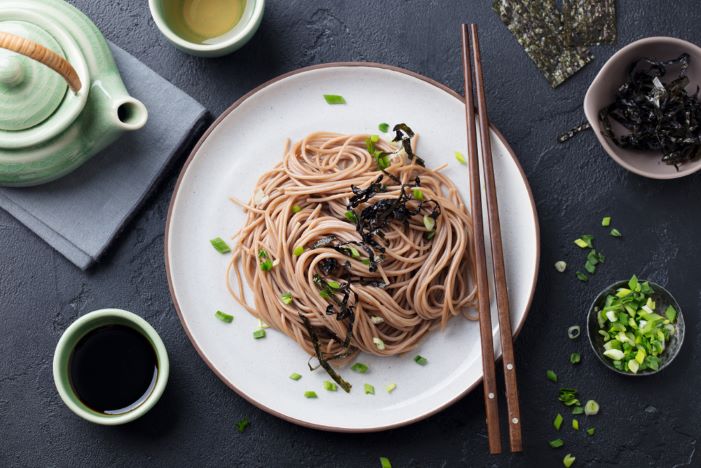
Need a little inspiration? Here are seven easy buckwheat recipes to try at home.
- Start your day with buckwheat pancakes or waffles. They’re a healthier option to the traditional flour recipes many of us grew up on and are perfect for anyone on a high-protein diet.
- Buckwheat protein bars make a great snack if you’re looking for something quick and easy to keep your energy levels up throughout the day. Make them at home for healthier alternatives to store bought protein bars. Try using a combination of chopped dates, your favorite dried berries, shredded coconut, and cacao powder.
- Gluten-free? Use buckwheat flour as a substitute in your favorite baking recipes. Buckwheat scones are great as a mid-afternoon snack, or if you’re in the mood for something sweet, buckwheat cocoa nib cookies will satisfy your sweet tooth.
- Pick up some buckwheat noodles (aka soba noodles) from your local supermarket and whip up a healthy stir-fry complete with plenty of vegetables. The beauty of buckwheat noodles is that they can be enjoyed hot or cold – ideal for summertime!
- Buckwheat is perfect in a salad with fresh or roasted vegetables. To get the most out of this protein-rich, tasty entrée, try using seasonal produce.
- Enjoy roasted buckwheat tea. This popular tea is consumed throughout China, Japan, and Korea and is a caffeine-free alternative to black and green teas. It makes an excellent low-calorie alternative to high-calorie drinks and when enjoyed instead of sugary drinks, can help you lose weight.
There’s no doubt about it. Adding buckwheat to your diet will have some serious positive health ramifications. A single serving of buckwheat will help you reach your daily protein and fiber needs while giving your body a hefty dose of complex carbohydrates to keep you going strong throughout the day. Beyond its health benefits, buckwheat is a full-flavored seed whose unique flavor will keep your inner gourmet very happy indeed.
Fresh N Lean is the nation’s largest organic meal delivery service. Our tasty, chef-prepared cuisine is always fresh and never frozen, and we offer convenient meal plans like Protein+, Keto, Paleo, Standard Vegan and Mediterranean. Choose Fresh N Lean for affordable nutrition, delivered to your doorstep.
